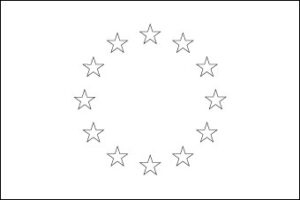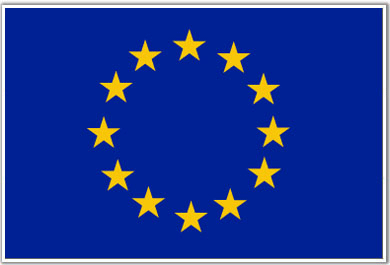
European Union Facts |
|
|---|---|
| Official Name | European Union |
| Abbreviation | EU |
| Founding Treaties | Treaty of Rome (1957), Maastricht Treaty (1992) |
| Formation | November 1, 1993 |
| Headquarters | Brussels, Belgium |
| Flag Description | A blue field with a circle of twelve golden (yellow) stars |
| Flag Adoption | December 8, 1955 |
| Flag Designer | Arsène Heitz (based on the Council of Europe’s flag) |
| Symbolism of Flag Colors | – Blue represents the idea of unity and harmony among European nations – Twelve stars symbolize completeness, unity, and the ideals of perfection |
| Purpose | Promote peace, stability, and economic prosperity among member states |
| Membership | 27 member states (as of 2021) |
| Key Achievements | – Creation of the single market – Introduction of the euro currency – Freedom of movement for EU citizens – Promotion of human rights, democracy, and the rule of law |
The European Union, commonly known as the EU, is an economic and political union of 27 member states in Europe. It was established on November 1, 1993, following the signing of the Maastricht Treaty, which built upon the foundations of the Treaty of Rome signed in 1957. The EU’s headquarters are located in Brussels, Belgium.
The flag of the European Union consists of a blue field with a circle of twelve golden (yellow) stars. The flag was adopted on December 8, 1955, and was designed by Arsène Heitz, inspired by the Council of Europe’s flag. The blue color represents unity and harmony among European nations, while the twelve stars symbolize completeness, unity, and the ideals of perfection.
The EU’s primary purpose is to promote peace, stability, and economic prosperity among its member states. It has achieved significant milestones such as the creation of a single market, the introduction of the euro currency, and the establishment of freedom of movement for EU citizens. The EU also plays a key role in promoting human rights, democracy, and the rule of law.
As of 2021, the EU consists of 27 member states, with countries collaborating on various policy areas to address common challenges and pursue shared goals.

